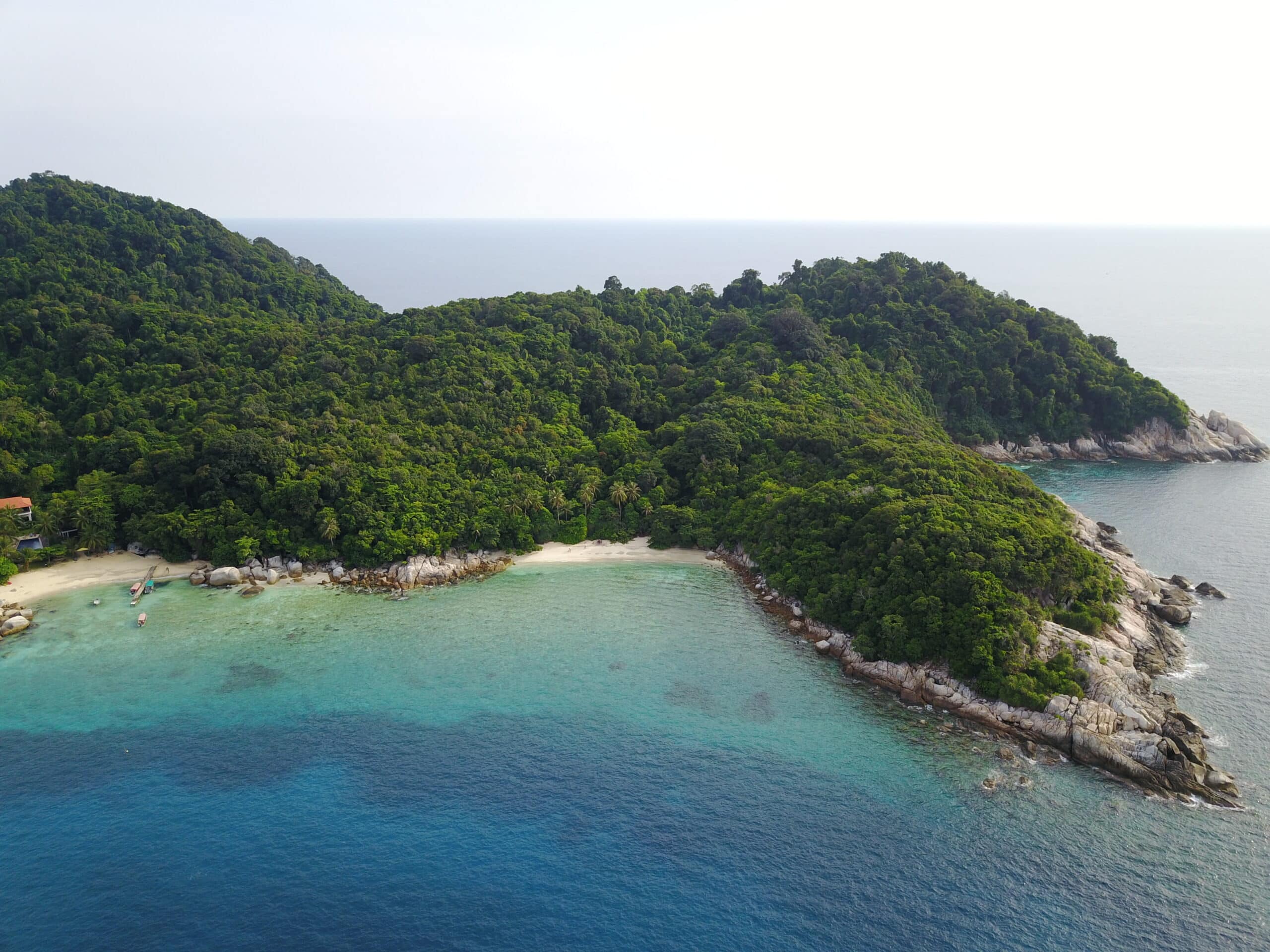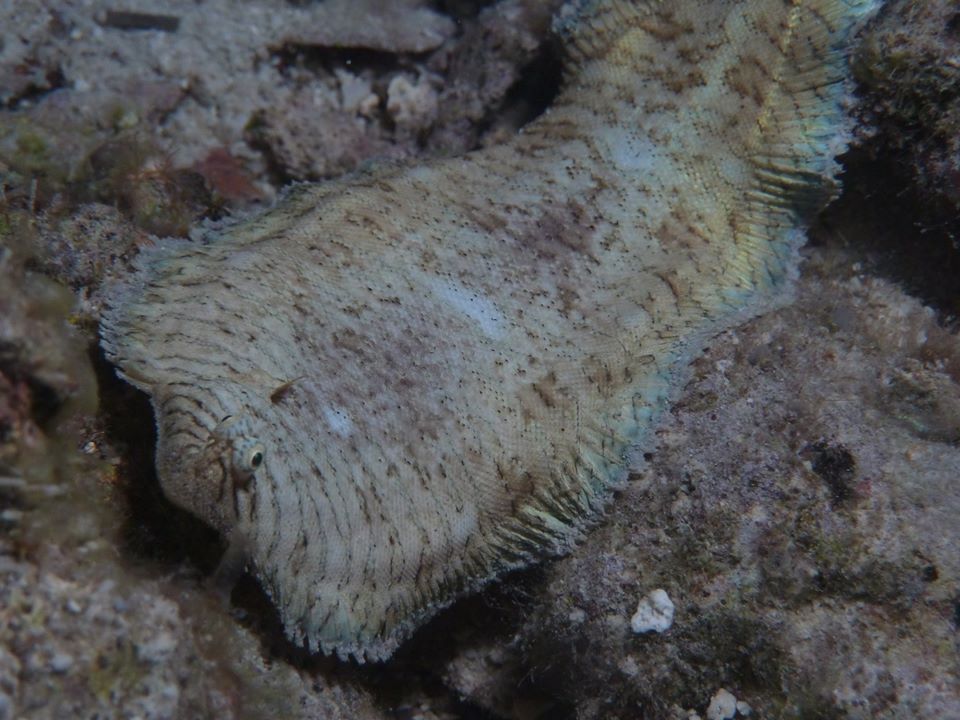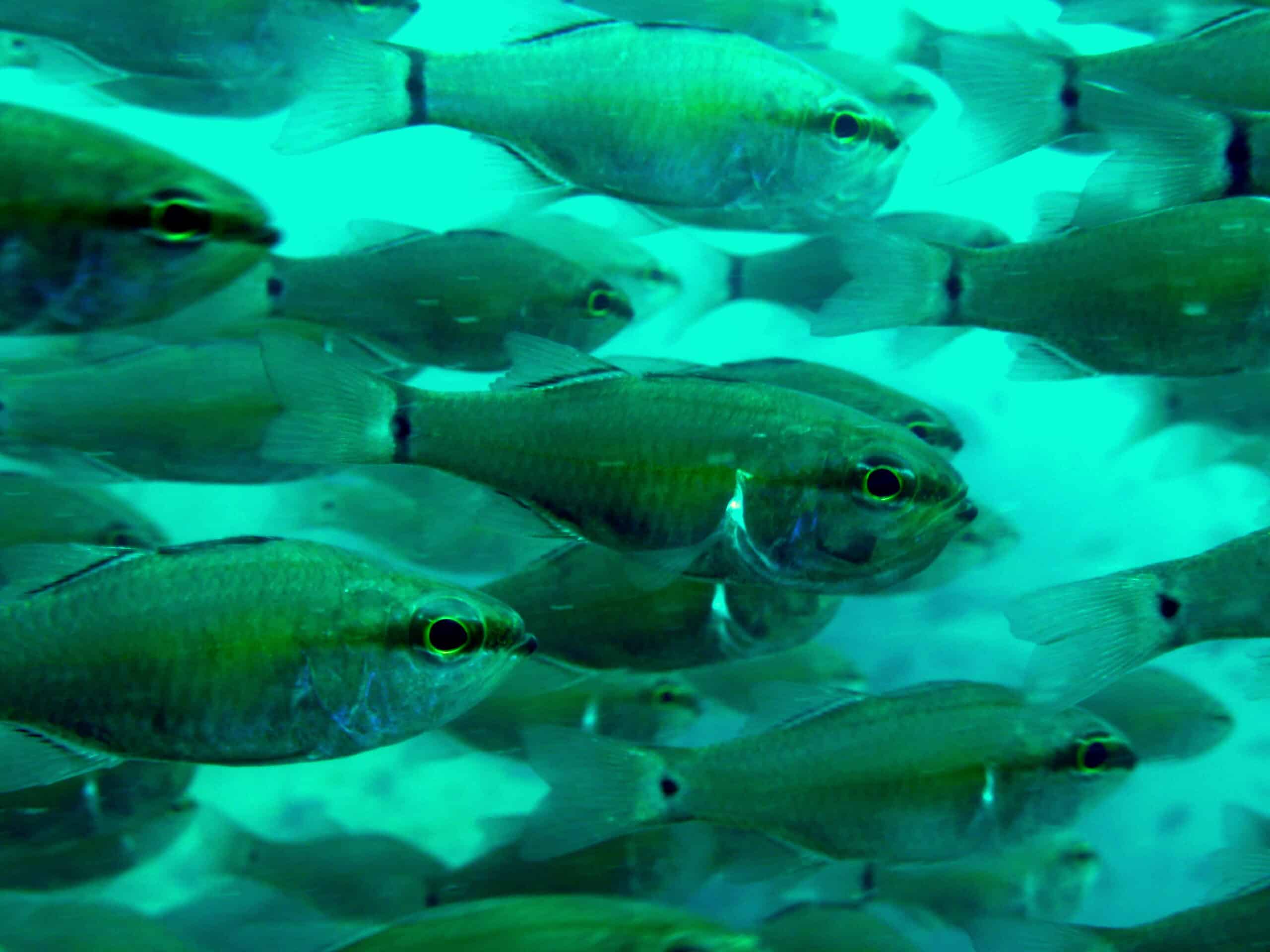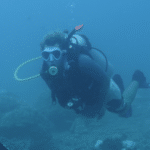After a tireless night patrolling for nesting turtles, you would think energy levels would be low the next morning. But obsession is fuel, pushing your limits to go deeper and spend longer under the waves in search of the photograph. The photograph that will allow you to determine whether the wrasse you have been chasing for a week has one or two spots on the end of its tail.
Puala Lang Tengah is a small island off the East Coast of Malaysia. This little-known, jungle-covered paradise is surrounded by magnificent coral reefs. Most people are not aware that corals are a symbiotic relationship between coral polyps (kind of like jellyfish) and algae called zoothanelle. Together they form the beautifully coloured, rock-like structures we love to explore. Despite only covering 0.001% of the planet’s oceans, coral reefs are home to 25% of all marine life. The diversity of this species creates complex coral communities that are the homes and feeding grounds for many different forms of life. Lang Tengah Island boasts a high diversity of around 86 different species of coral, creating rich habitats in the waters around the island.
Exploring the reefs of the island is like discovering a new world. With my snorkel and fins, I left no boulder, cave or drop-off unexplored. I pushed myself to dive deeper and stay underwater longer to explore further and further.

Turtle Bay, where the camp was located on Lang Tengah Island. Photo Credit: Jordan Gledhill.
As I explored the reef from the surface, I noticed that I was seeing fish that I hadn’t seen before. I decided to start swimming with a camera so that I could catalogue the fish species I was seeing. Little did I know that this would lead to a two-year obsession with searching for and chasing fish both big and small, ugly, and beautiful!
At first, identifying the fish species seemed like an impossible task. I would take what I thought was the perfect photo of a fish only to find out that there were five similar-looking species that had only the most minute differences in their colour or patterns. After studying and returning again and again to the species identification book, I began to learn what features to look out for and how to photograph them.

A banded sole fish. Photo Credit: Jordan Gledhill.
As the obsession with finding new fish grew, so did my species list. I started to know which micro-habitats to search for particular species. After a year of searching for new fish, I knew the reef like the back of my hand. Using coral colonies as direction points, I was able to easily navigate the reef as the search for fish continued.
From wrasse with incredibly bright colours to huge bumphead parrot fish that you could hear crunching on coral before you saw them, I was astounded by the diversity of fish I discovered. What really struck me was the intricate relationships and behaviours of the smaller fish. Like the gobies who share their holes with bright coloured shrimp, working together to make a living on the reef’s sandy bottom.
After two years, my list was at 254 successfully photographed and identified species, belonging to a total of 49 different families. This was an impressive count, and I was certainly proud of the tally. But the real surprise came when I searched through the literature to compare my fish list to other biologists. What was amazing about this small hobby turned study, was that 71 of the species I identified had not previously been recorded by the four major research papers on reef fish in Malaysia.

A shoal of slenderline cardinal fish. Photo Credit: Jordan Gledhill.
Why is this so important? Apart from giving us greater insight into the fish populations of Malaysia, adding new locational records of species is a positive step in the management of individual species conservation as well as reef ecosystem conservation. My study surveyed the same location over a much longer period than the other papers spent at their survey sites. This suggests that the species richness could be much higher than suggested, increasing their status as biodiversity hotspots and therefore their need for protection.
Coral reefs and their associated reef fish are incredibly important for both humans and the ecosystems that we rely on. Being able to increase the knowledge and protection of these areas is vital for their future. This story highlights the possibilities for anyone and everyone to get involved in science and how a simple hobby and interest in the natural world could enhance science and protect species. The world may sometimes feel small, but it is essential to remember that there is still a lot to learn and discover, with plenty more fish in the sea.

